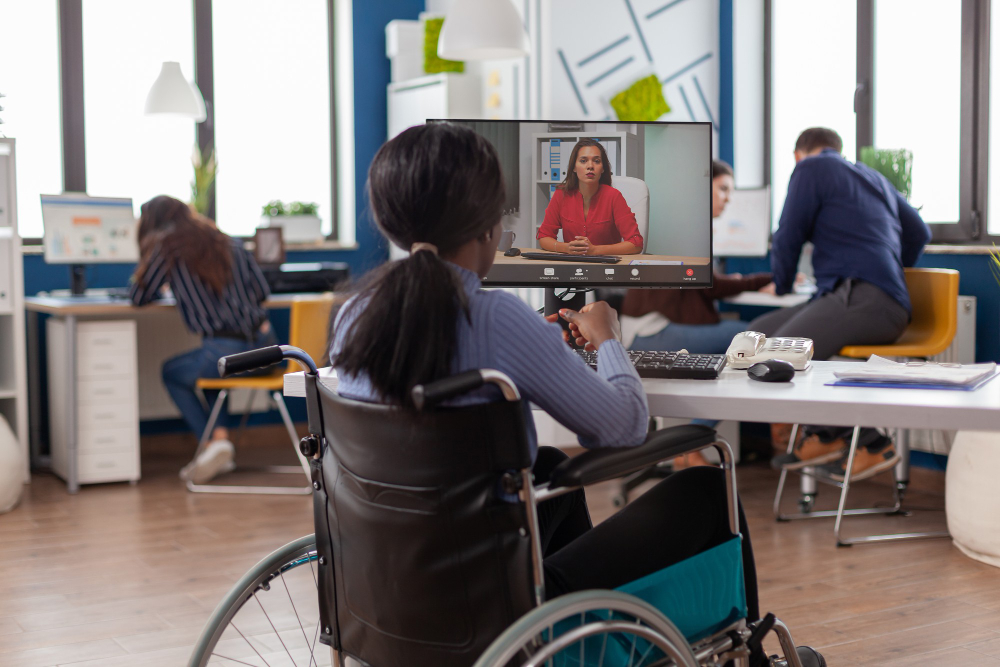Creating inclusive eLearning environments is crucial for effective learning experiences. The ultimate goal is to ensure accessibility for all learners, recognizing the diverse needs that exist within any educational context. By adopting an accessibility-first approach to learning and development (L&D), educators and organizations can enhance learning outcomes and promote equality.
Accessibility in eLearning begins with understanding and addressing potential barriers. This requires a detailed analysis of the learners’ needs and the challenges they face in accessing content. Educational designers must consider factors like visual, auditory, cognitive, and motor impairments when creating eLearning materials. Employing universally designed learning principles helps cater to diverse user requirements, preventing exclusion due to inaccessible formats.
Localization plays a critical role in inclusive eLearning. It involves adapting content not only for language but also for cultural subtleties. When eLearning materials reflect learners’ cultural contexts, engagement and comprehension improve significantly. From language translations to culturally relevant examples, localization ensures learners feel understood and represented, which is vital for successful eLearning strategies.
Technological advancements offer tools to facilitate accessibility in eLearning. Screen readers, closed captioning, alternative text for images, and customizable interfaces are some technological solutions that enhance usability for learners with disabilities. Such tools enable learners to interact with content in a manner that suits their abilities, ensuring wider access and participation.
Training developers and educators on accessibility is a key step toward inclusivity. Professional development programs should incorporate modules on creating accessible and inclusive educational content. By cultivating a culture of accessibility awareness, educators will be better equipped to design courses that accommodate all learners, fostering an environment of equal opportunity.
Regular evaluation and feedback collection are essential for maintaining accessibility standards in eLearning environments. Soliciting feedback from learners ensures that any accessibility issues are promptly addressed. Continuous monitoring and updates reflect a commitment to inclusivity, allowing adjustments as new technologies and best practices emerge.
Ultimately, creating inclusive eLearning requires commitment and collaboration. It involves understanding the diverse needs of learners and utilizing available resources and technologies to meet those needs. By prioritizing an accessibility-first approach, education providers pave the way for a more equitable and inclusive learning experience, empowering all learners to succeed.
